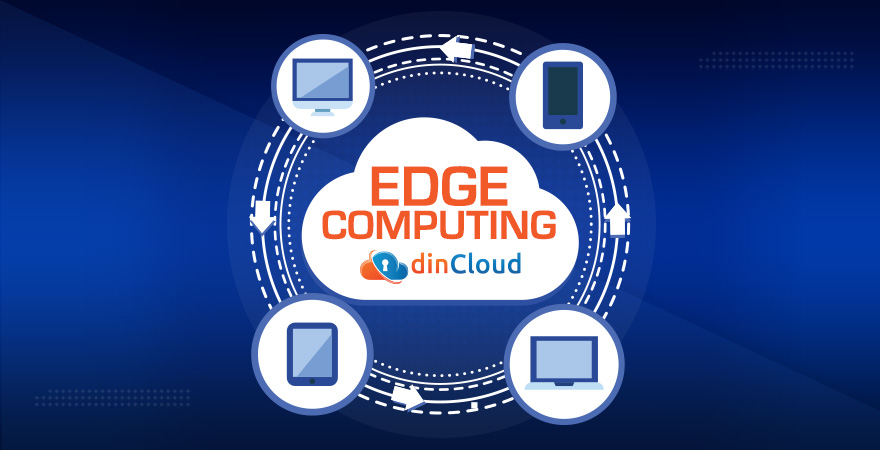The cloud computing industry is well on its way to maturity. Now, we have another technology that is gaining a lot of traction and appears to be reaching mainstream adoption status in the year 2021. We are talking of none other than Edge Computing.

What is Edge Computing?
Although it would be a bit premature to anticipate the future of Edge with authority, we can surely say that Edge Computing shall be an extension of Cloud Computing. Research giant Forrester has recently released a study on the future of Edge Computing.
In this post, we will highlight a few key takeaways from the Forrester report and also include our thoughts on how the future of Edge Computing may look like. Before we dive into that, let’s discuss the two technologies that will accelerate the growth of Edge.
Also Read: How Do Cloud Computing and Internet of Things (IoT) Add Up?
Artificial Intelligence (AI)
The Edge Computing model relies heavily on Artificial Intelligence, as most of the data being generated by smart as well as endpoint devices will be processed at the most localized level. So, there will be a renewed focus on AI as a means to proliferate the growth of Edge.
Also Read: The Cloud Computing Journey
5G Communication Technology
As the concept of Edge Computing relies heavily on data generation, processing and transmission to relevant endpoint devices, the rates of data flow will multiply. The recent advancements in 5G technology will breathe new life in edge computing.
Also Read: The Pros and Cons of Serverless Computing
Localized and Distributed Data Centers
Forrester expects there will be a major shift in the way data centers are currently being setup and managed. The present model of data centers revolves more around centrality, reducing the accompanying overheads and attaining “economies of scale”.
Edge Computing is about to change this trend to a great extent. As the edge becomes mainstream really soon, we will see vast investments in smaller and much more localized data centers. These localized data centers will immensely aid in the growth of Edge.
Also Read: Overview of Gartner’s Cloud Security Hype Cycle for 2020
Growth in Edge Orchestration Platforms
As the adoption of Edge Computing becomes mainstream, Forrester expects rapid rolling out of edge orchestration platforms by information and communication technology giants at the global level.
Also Read: After Hybrid and Multi Cloud, Distributed Cloud is Next
Edge Based Learning
The present concept of data processing involves powerful data centers where data is first aggregated from various sources and then processed. This at times is not the most efficient course of action and is also taxing on precious storage resources.
Edge Computing aims to take machine learning (ML) right down to the tier of localized, edge networks. Since bulk of the data is originating at the edge, why not trickle down ML right down to the edge itself. Forrester expects that to happen in the year 2021.
Also Read: Are Cloud Hosted Virtual Desktops Suited to DevOps Scenarios?
Emergence of Private 5G Networks
The recent forecast by Forrester predicts an entry of smaller and more localized 5G networks that will be privately owned. These smaller 5G networks will supplement the mainstream networks of larger service providers by providing smaller services.
Some of the practical use cases for these localized 5G networks include automation of assembly lines, Virtual Reality (VR) and Augmented Reality (AR). Presence of these smaller 5G network providers will also improve the overall coverage of 5G globally.
Also Read: Desktop as a Service (DaaS) – A Crucial Enabler for Remote Work
In case you’re interested in dinCloud’s innovative and reliable solutions, fell free to Contact Us please.


